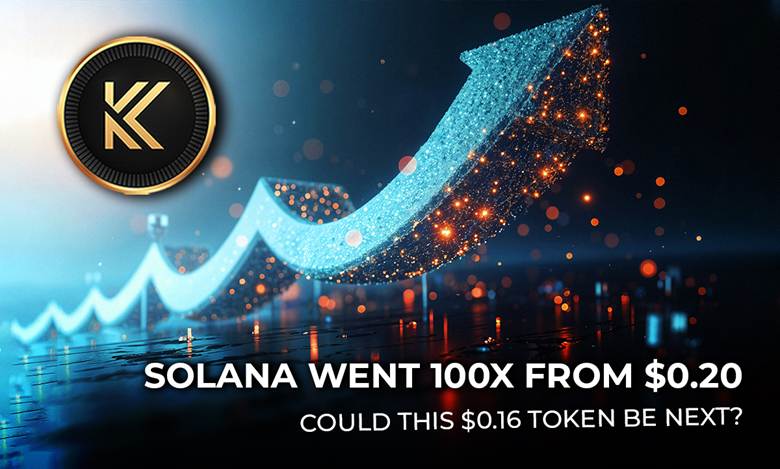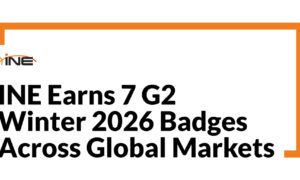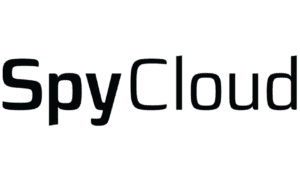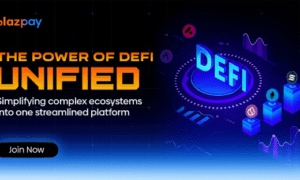When Solana ($SOL) quietly entered the crypto scene in 2020 with a token price of around $0.20, few people noticed. Even fewer took it seriously. But those who looked past the noise and understood the technology — they saw something different. Within two years, Solana surged to over $200, delivering a rare 100x return.
Now, in 2025, early-stage investors are asking the same question: What’s the next low-priced, high-potential project flying under the radar?
One answer surfacing repeatedly is Kaanch Network, which is currently in Stage 5 of its presale at just $0.16 — the exact price range where Solana started before it took off.
What Made Solana Explode?
To understand why Kaanch is drawing comparisons, it’s important to remember what made Solana a breakout success:
- It solved real problems — mainly scalability and high transaction fees on Ethereum.
- It launched with working technology — not just a whitepaper or vague promise.
- It quietly built a developer community — before flashy marketing ever began.
Solana wasn’t about hype. It was about execution and timing. It gave developers a platform that worked, and investors a token with actual utility.
Now, similar fundamentals are emerging in a new kind of Web3 project — infrastructure tools that serve the builders, not just the buyers.
Kaanch Network: Built for Builders
Kaanch isn’t another Layer-1 chain. In fact, it’s not competing with Solana or Ethereum at all. Instead, it’s focused on helping other projects launch, particularly those that need governance, staking, and token utility modules.
In other words, Kaanch is infrastructure for the next 1,000 Web3 apps, DAOs, and token communities — regardless of what chain they’re on.
Here’s what Kaanch offers:
- On-chain staking and reward systems — with token-locking and APY configuration
- Governance dashboards — with voting tools and proposal tracking
- Token utility modules — like no-code DAO creation, treasury controls, and role-based access
- Plug-and-play deployment — meaning projects don’t need to write their own smart contracts
Most importantly: These tools are already live. Web3 teams are using them right now to power real decisions.
The Solana Parallel: Same Entry Conditions, Same Early Signals
At $0.16, Kaanch Network is sitting at the same presale price Solana had before its rally. But the similarities go beyond price.
Let’s compare the early markers:
| Metric | Solana (2020) | Kaanch Network (2025) |
| Launch Price | $0.20 | $0.16 |
| Working Product at Launch | Yes | Yes |
| Solving Real Developer Problems | Yes | Yes |
| Organic Community Growth | Yes | Yes |
| Under-the-Radar | Yes | Yes |
| Backed by Tech, Not Hype | Yes | Yes |
Analysts and early-stage investors know this pattern. It’s not about picking random altcoins. It’s about finding the next one that quietly checks the same boxes Solana once did.
Why the Risk Profile Is Lower Than Most Presales
Most token launches are built on speculation: roadmap promises, influencer tweets, and vague utility. Kaanch has taken a different path:
- No fake hype campaigns — no airdrop bots, no artificial community inflation
- No empty “coming soon” promises — the product is live and usable now
- Transparent pricing ladder — Stage 5 is open at $0.16, with the next jump doubling it to $0.32
- Real utility already in motion — every Kaanch tool is powered by the $KAANCH token, making it functional from day one
This creates a lower-risk entry point for investors who want exposure to infrastructure-level crypto plays without needing to time speculative pumps.
What Analysts Are Watching Closely
Kaanch Network is triggering the same early-stage flags that many successful altcoins have shown before their breakout:
- Low market cap + working product
- Community growth without paid shills
- High utility in the DeFi and DAO space
- Ongoing usage, not future hopeAnd perhaps most importantly:
Kaanch isn’t trying to be everything. It’s trying to do one thing well: power the tools that let other Web3 projects govern and grow.
That clarity of focus, paired with working code and early traction, is exactly what analysts look for when identifying next-generation infrastructure plays.
Frequently Asked Questions (FAQ)
Is Kaanch a Layer-1 blockchain like Solana?
No. Kaanch is not a Layer-1. It’s a governance infrastructure layer that integrates with Layer-1 and Layer-2 chains. It helps projects deploy DAO systems, staking mechanisms, and token utility modules without custom coding.
Why compare it to Solana?
The comparison isn’t in technology — it’s in timing and fundamentals. Solana in 2020 had a low entry price, working product, and real utility, but was largely unknown. Kaanch in 2025 fits the same mold.
What is the current presale price?
$0.16 in Stage 5. The price will double to $0.32 in Stage 6. This is a limited-time entry point before the next jump.
How can I access the presale?
Visit the official Kaanch presale portal: https://presale.kaanch.com
Final Thought: If You Missed Solana, Don’t Miss This Pattern
Solana’s rise wasn’t luck. It was about solving problems and delivering working tech when nobody was paying attention. The same is now true for Kaanch Network.
This isn’t a meme coin. This isn’t a pump-and-dump.
It’s an infrastructure project already helping Web3 teams launch and scale — and its token is still sitting at $0.16.
If you’ve been waiting for the next opportunity with early-stage upside and working fundamentals, Kaanch Network might be the Solana-style setup of 2025.



































